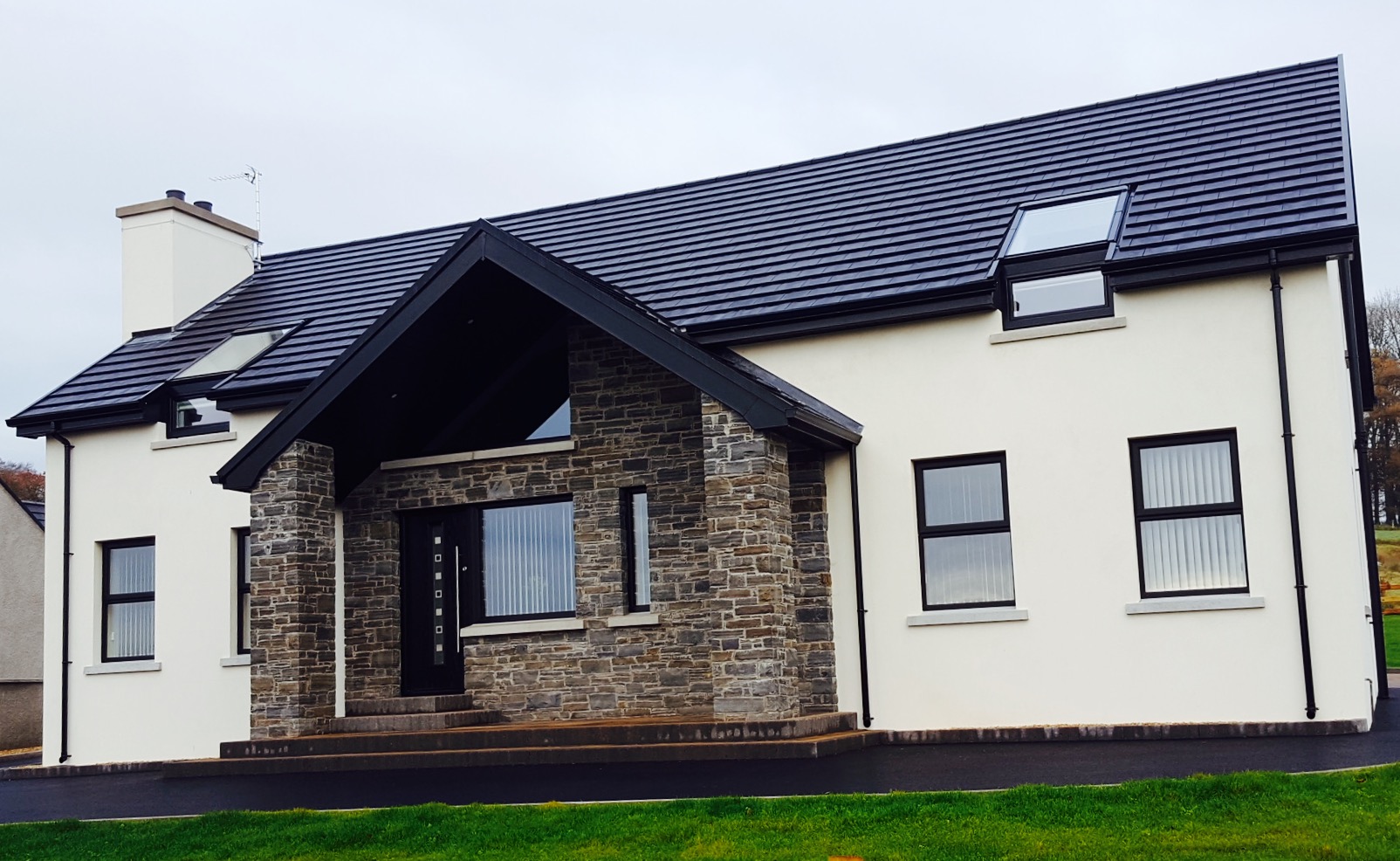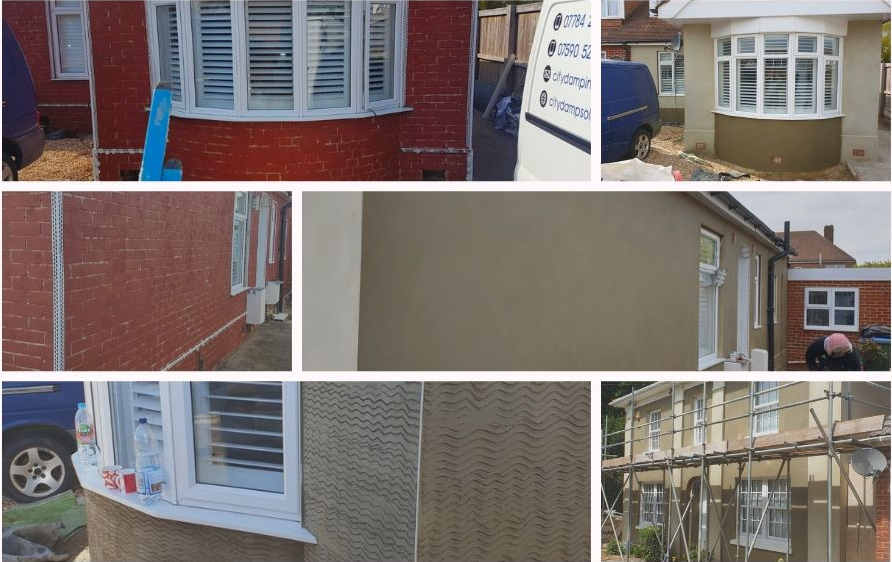What is rendering?
Rendering is the process of applying a coat of plaster to the external walls of a house. It is a popular finish for both new and old homes, as it can completely transform the look of a property. There are many different types of render available, so it is important to choose one that is suitable for your home.
Rendering can be applied to brick, block or stone walls, and can be used to create a smooth or textured finish. It is also possible to add colour to your render, which can really help to brighten up an exterior.
If you are thinking of having your house rendered, then it is important to get some professional advice. A rendering contractor will be able to advise you on the best type of render for your home, and will also be able to give you an estimate of the cost.

Why render a house?
There are many reasons to render a house. Rendering can improve the appearance of a property, protect it from the elements, and even increase its value.
Rendering is a popular choice for older properties that are in need of an update, or for new build properties that want to achieve a certain look. It can be used to create a range of different finishes, from traditional to contemporary.
Render can also be used to cover up problem areas on a property, such as cracks or damp patches. By applying a render, you can create an even surface that will help to disguise these imperfections.
If you live in an area that is prone to bad weather, then rendering your property can help to protect it from the elements. Render is waterproof and can help to keep your property warm and dry during winter months.
Rendering can also add value to your property. If you are thinking of selling in the future, then having a rendered house could make it more appealing to potential buyers.
If you are considering rendering your property, then it is important to choose a reputable company with experience in this field. They will be able to advise you on the best type of render for your property and ensure that the job is carried out to a high standard.

The different types of render
There are several types of render, each with its own benefits and drawbacks. The most common types of render are:
1. Masonry render: This is the traditional type of render, made from a mix of lime, sand and cement. It is long lasting and very durable, but can be susceptible to cracking if not properly mixed or applied.
2. Polymer render: This type of render is made from a mix of synthetic resins and minerals, and is much more flexible than masonry render. It is less likely to crack, but may be more susceptible to fading or chalking over time.
3. Silicone render: This is the newest type of render on the market, and is made from a mix of silicone and acrylics. It is highly flexible and very resistant to cracking, but can be more expensive than other types of render.

How to render a house – the step by step guide
Are you thinking about rendering your house but don’t know where to start? This step by step guide will show you everything you need to know, from preparing the surface to choosing the right render for your home.
1. Prepare the surface
The first step is to prepare the surface of your house. This means making sure the walls are clean, free of any loose paint or debris, and are dry. If you are rendering over brickwork, you’ll also need to make sure the bricks are in good condition and aren’t crumbling or flaking.
2. Choose the right render
There are a few different types of render available on the market, so it’s important to choose one that is suitable for your home. If you’re not sure which type of render to choose, speak to a professional for advice.
3. Apply the render
Once you’ve chosen your render, it’s time to apply it to the walls. This can be done with a brush, roller or pump sprayer. If you’re using a brush or roller, start at the bottom of the wall and work your way up in overlapping strokes.

If you are planning to render your house, you may have a lot of questions. Here are some FAQs that may help you with your decision.
1. What is rendering?
Rendering is the process of applying a layer of material to the exterior of a building. This can be for aesthetic or functional purposes, or both. Render can be made from a variety of materials, including cement, lime, clay, sand, and mortar.
2. Why would I want to render my house?
There are many reasons why people choose to render their houses. Some people do it for the look, as it can give the house a new lease on life. Others do it for protection, as it can help to waterproof and insulate the building. Rendering can also add value to your property.
3. How much does rendering cost?
The cost of rendering depends on a number of factors, including the size of the house, the type of render used, and the complexity of the job. Expect to pay anywhere from $3,000 to $10,000 for a standard rendering job.
4. How long does rendering take?
Again, this will depend on the size and complexity of the job. A small house can be rendered in a few days, while a large house may take a week or more.
5. Can I do it myself?
It is possible to render your own house, but it is not recommended unless you are an experienced tradie. Rendering is a skilled job that requires knowledge of the materials and process. It is also physically demanding, as you will be working with heavy bags of render mix and climbing ladders. If you do decide to do it yourself, make sure you do your research and follow the instructions carefully.

Conclusion
Rendering a house is a great way to improve its curb appeal and value. It can be a big job, but with the right preparation and knowledge it can be done relatively easily. We hope this article has given you everything you need to know about rendering a house, from preparing the surface to choosing the right materials. If you have any questions or need more information, please don’t hesitate to get in touch.





